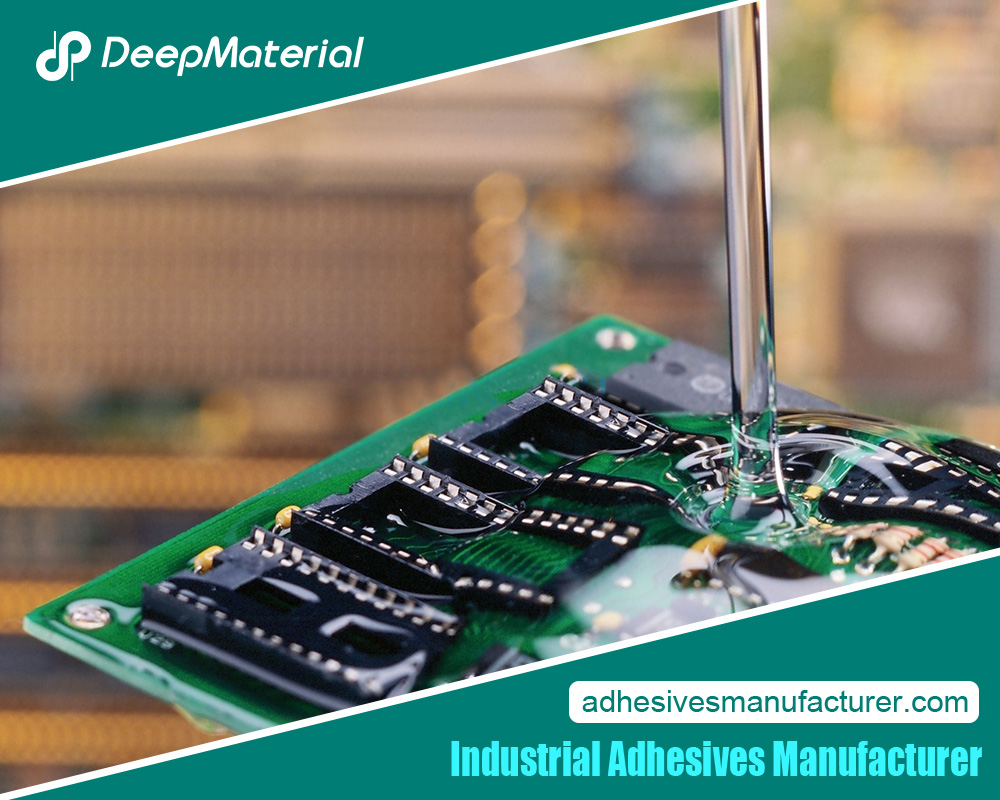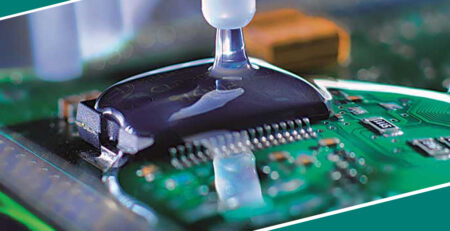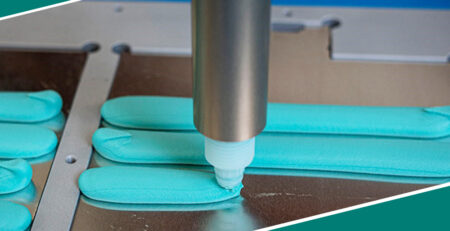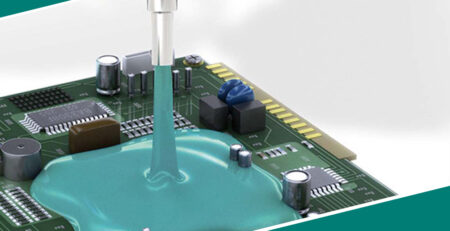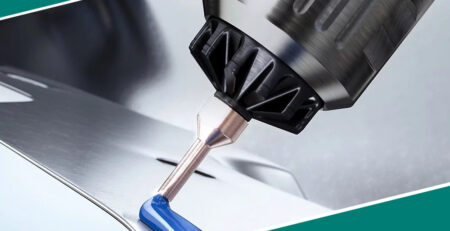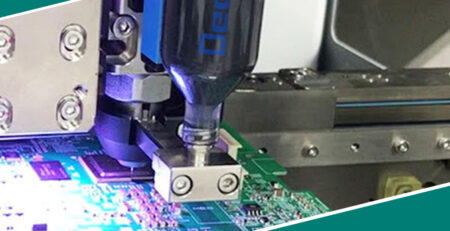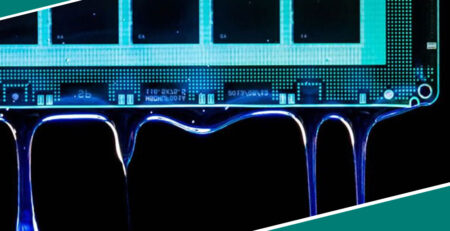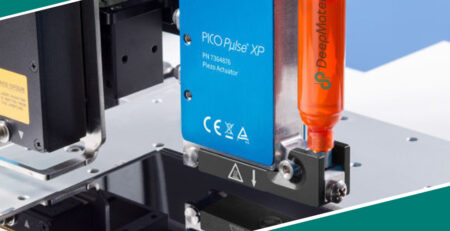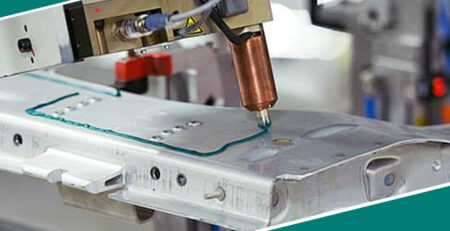Fire Suppression System for Battery Room: Safeguarding Critical Assets
Battery rooms are critical areas within industrial, commercial, and even residential facilities, where large batteries, such as those used for backup power, energy storage, or electric vehicles, are stored and charged. However, these batteries, especially lithium-ion types, present unique fire hazards due to their volatile nature when overcharged, damaged, or exposed to specific environmental conditions. As the use of batteries continues to grow across various sectors, the importance of ensuring safety within battery rooms has never been higher.
A fire suppression system for a battery room is designed to minimize fire risks and protect human lives and valuable equipment. These systems are integral to preventing catastrophic damage in the event of a fire, controlling a blaze if one starts, and facilitating the safe operation of high-capacity battery installations. This article will explore the types of fire suppression systems suited for battery rooms, their working mechanisms, and why they are critical in modern infrastructure.
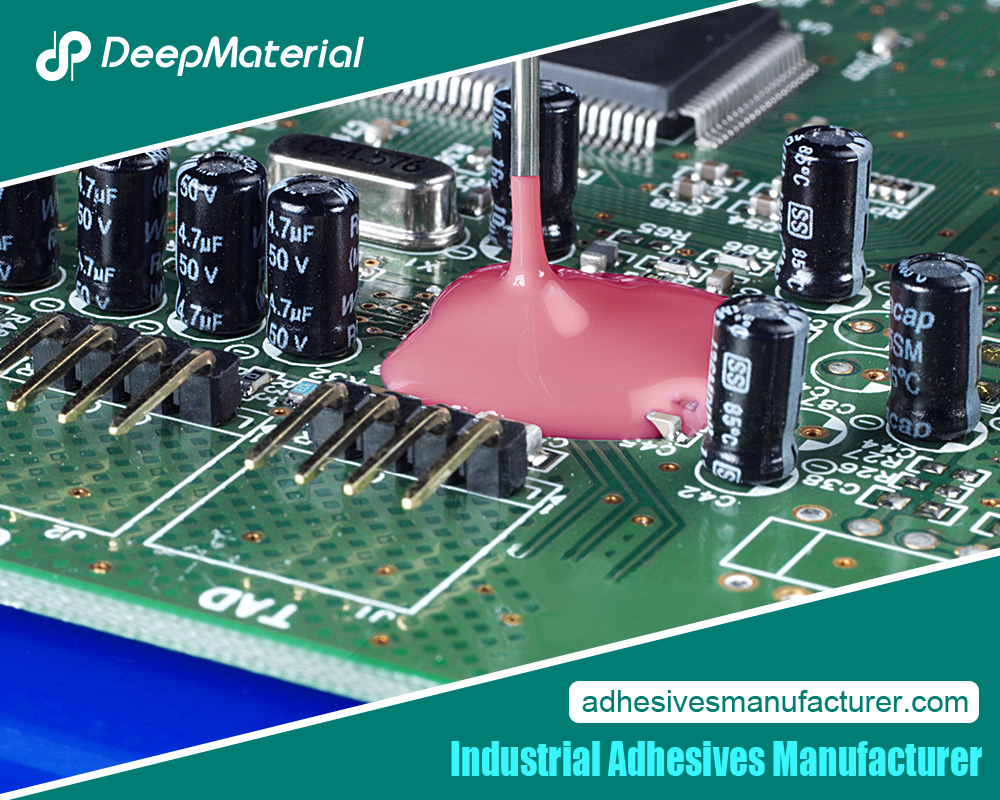 Understanding the Risk of Fire in Battery Rooms
Understanding the Risk of Fire in Battery Rooms
Before delving into the types of fire suppression systems, it’s essential to understand why battery rooms are susceptible to fires. Several factors contribute to this increased risk:
- Chemical Reactions:Batteries, especially lithium-ion, can become unstable and cause fires if exposed to extreme conditions such as overcharging, short-circuiting, or mechanical damage.
- Thermal Runaway:Lithium-ion batteries can experience “thermal runaway,” a chain reaction in which the temperature inside the cell increases uncontrollably, leading to fires or explosions.
- Flammable Electrolytes:Many battery types contain flammable electrolytes that can ignite under certain conditions, amplifying the fire hazard.
- High Power Loads:Charging or discharging significant amounts of energy increases the potential for an electrical fault, which can also trigger a fire.
With such risks, a fire suppression system becomes essential to detect and mitigate hazards before they spiral out of control.
Types of Fire Suppression Systems for Battery Rooms
Several fire suppression technologies are available, each suited to different fire risks and environmental conditions. The following are some of the most commonly used systems in battery rooms:
1. Automatic Water-based Systems (Sprinkler Systems)
Water sprinkler systems are the most traditional form of fire suppression and are often found in warehouses, manufacturing plants, and data centers. They are designed to activate automatically when the temperature rises to a preset level.
Pros:
- Widely Recognized and Easy to Install:Water-based systems are well-understood and commonly used in many industrial settings.
- Effective at Controlling Fires:They can extinguish fires quickly, especially in non-electrical fires.
Cons:
- Risk to Equipment:Water can significantly damage sensitive electronic equipment and battery systems. It could exacerbate the problem in a battery room by short-circuiting equipment and worsening the fire hazard.
- Not Ideal for Electrical Fires: Water can conduct electricity, posing additional risks in an environment with electrical equipment.
2. Gas-based Fire Suppression Systems (Inert Gases or Clean Agents)
Gas-based fire suppression systems use chemical agents like CO₂, FM-200, or NOVEC 1230 to suffocate a fire by displacing oxygen. These systems are highly effective in spaces filled with sensitive equipment like battery rooms, where water-based systems would pose a significant risk.
Pros:
- Non-damaging to Equipment:Gas systems effectively protect electrical and electronic equipment without causing harm or residue that would require cleanup.
- Fast Activation:These systems can extinguish a fire almost immediately by reducing the oxygen level in the room, which is crucial in preventing fire escalation.
Cons:
- Human Safety Concerns:In specific configurations, the chemicals used can displace oxygen, posing a risk to personnel if they are present during activation. Proper ventilation and safety measures must be taken to ensure worker safety.
- Cost:Gas suppression systems are more expensive than traditional sprinkler systems in installation and ongoing maintenance.
3. Foam-based Fire Suppression Systems
Foam fire suppression systems effectively deal with Class B fires involving flammable liquids. Although not often used in battery rooms, they may be appropriate if the facility also stores or handles other combustible materials that could pose additional risks.
Pros:
- Effective in Diverse Fires: Foam is very effective at suppressing flammable liquid fires and can also prevent fire re-ignition.
- Quick Coverage:Foam blankets fire quickly, preventing oxygen from fueling the flames.
Cons:
- Not Ideal for Electrical Fires: Foam can conduct electricity if it comes into contact with electrical equipment, creating an added risk of electrical shock or damage.
- Cleanup:After deployment, foam requires cleanup, which can be labor-intensive and potentially harmful to equipment.
4. Water Mist Systems
Water mist fire suppression systems release tiny droplets of water, creating a mist that cools the fire and reduces oxygen levels without the adverse effects of traditional sprinkler systems.
Pros:
- Minimal Equipment Damage:The fine mist of water causes significantly less damage to sensitive equipment than traditional sprinkler systems.
- Efficient at Fire Suppression:The mist cools the fire while simultaneously displacing oxygen, effectively extinguishing the blaze without excessive water use.
Cons:
- Initial Cost:Water mist systems can be expensive, requiring specialized nozzles and distribution systems.
- Water Damage Risk:While water mist is gentler than traditional sprinklers, there is still a risk of equipment damage if the fog is deployed in a non-target area.
5. Clean Agent Fire Suppression Systems
Clean agent systems, such as FM-200 and NOVEC 1230, are designed to protect valuable assets by suppressing fire using non-toxic, electrically non-conductive gases. These systems are often used in environments with critical or sensitive equipment, such as data centers, server rooms, and battery storage areas.
Pros:
- No Residue:Unlike other suppression systems, clean agents leave no residue, making cleanup quick and straightforward.
- Non-conductive:Clean agents are safe for use in electrical environments, as they do not conduct electricity.
- Rapid Fire Extinguishing:Clean agents suppress fires quickly and effectively by reducing the room’s oxygen level, preventing further combustion.
Cons:
- Cost:Clean agent systems are more expensive to install and maintain.
- Potential for Human Risk:In enclosed spaces, clean agents can reduce oxygen levels to unsafe levels, so the presence of personnel should be avoided during system activation.
Key Considerations When Choosing a Fire Suppression System for Battery Rooms
Selecting the right fire suppression system for a battery room involves several important factors to ensure safety, functionality, and cost-effectiveness. Key considerations include:
Battery Type and Technology
- Different types of batteries present different fire risks. For instance, lithium-ion batteries have a higher risk of thermal runaway than lead-acid batteries, requiring more advanced fire suppression strategies.
- Battery chemistry must be considered when determining whether to use gas, foam, or water-based suppression systems.
Room Design and Layout
- The layout of the battery room and its ventilation system will affect how the suppression system functions. A room with inadequate ventilation might need a suppression system to remove heat and oxygen quickly.
- Room size also matters. Larger rooms may require more complex or multiple systems for adequate coverage.
Regulatory Compliance
- Fire suppression systems must adhere to local regulations, codes, and standards. It is essential to ensure that your chosen system complies with national fire safety codes and laws for hazardous environments.
Maintenance and Testing
- The system selected should be easy to maintain and regularly tested. Ensuring all fire suppression system components are functional when needed is critical to its success.
Employee Safety
- The safety of personnel working in or near the battery room is paramount. Any fire suppression system chosen must minimize the risks to human health while offering effective fire suppression.
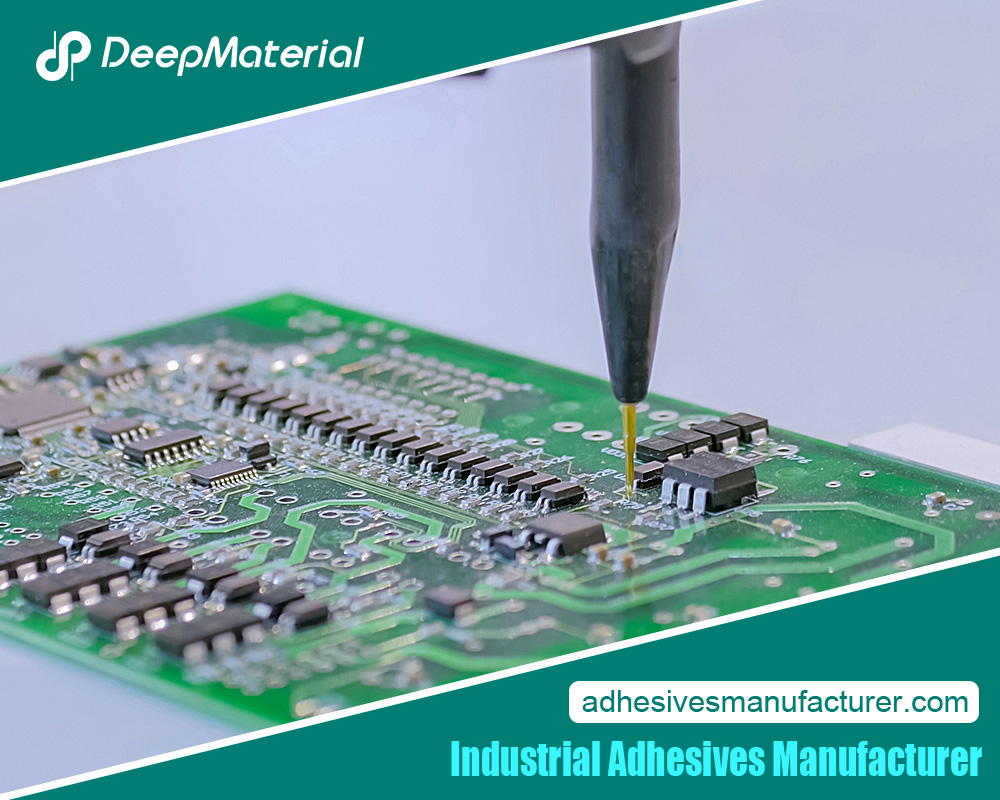
Conclusion
Battery rooms are crucial spaces in modern infrastructure, but they also pose significant fire risks due to the volatile nature of specific batteries. Choosing the right fire suppression system is essential to mitigate these risks, protect valuable assets, and ensure personnel safety. Various systems, such as water-based, gas-based, foam-based, and clean agent suppression systems, offer distinct advantages and challenges. By carefully considering the type of batteries, room layout, regulatory requirements, and safety concerns, facility managers can select the most appropriate fire suppression system for their battery room. Investing in a robust fire suppression solution enhances safety and protects critical infrastructure from potential disaster.
For more about Fire Suppression System for Battery Room: Safeguarding Critical Assets, you can pay a visit to Deepmaterial at https://www.adhesivesmanufacturer.com/ for more info.

